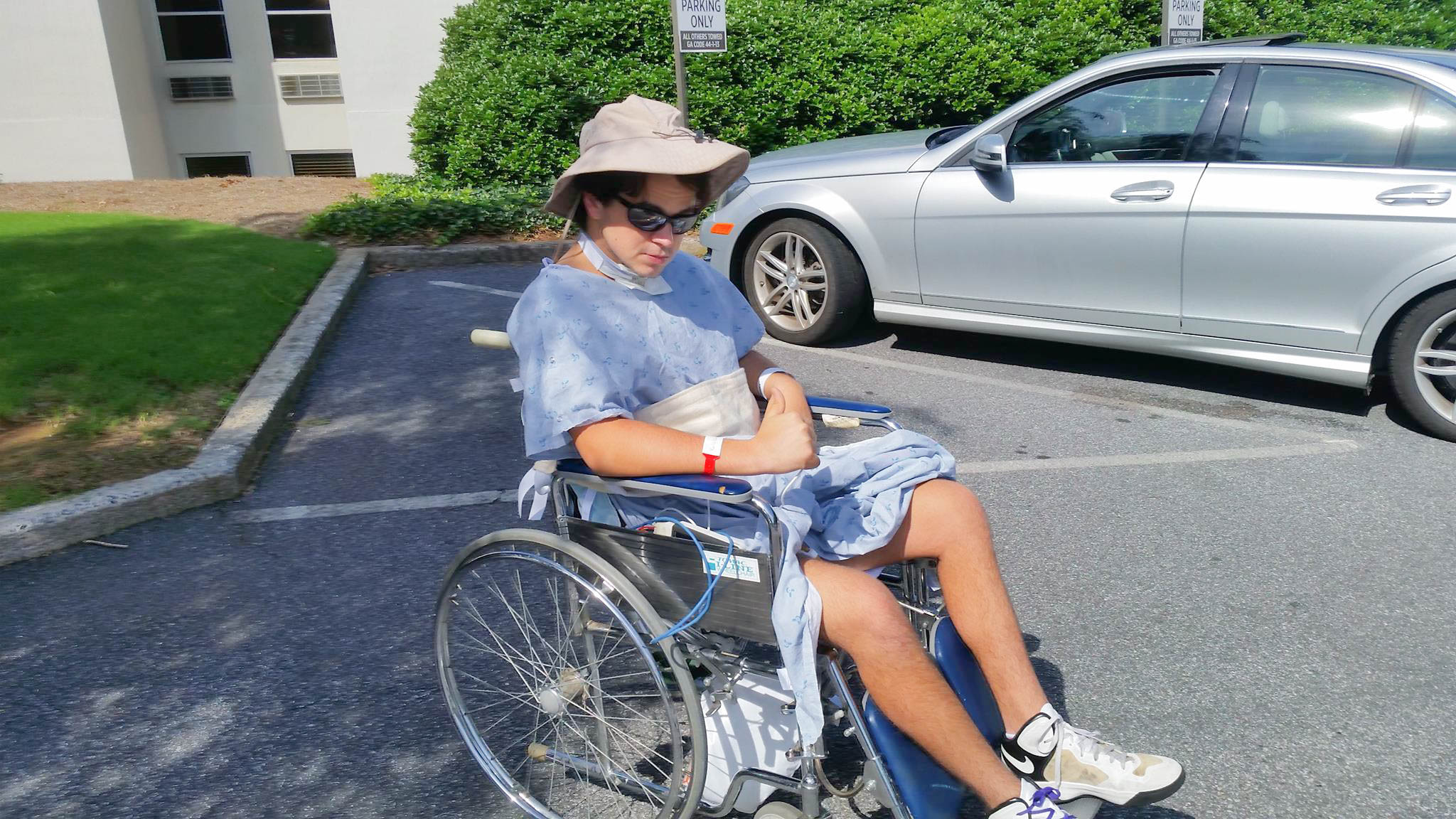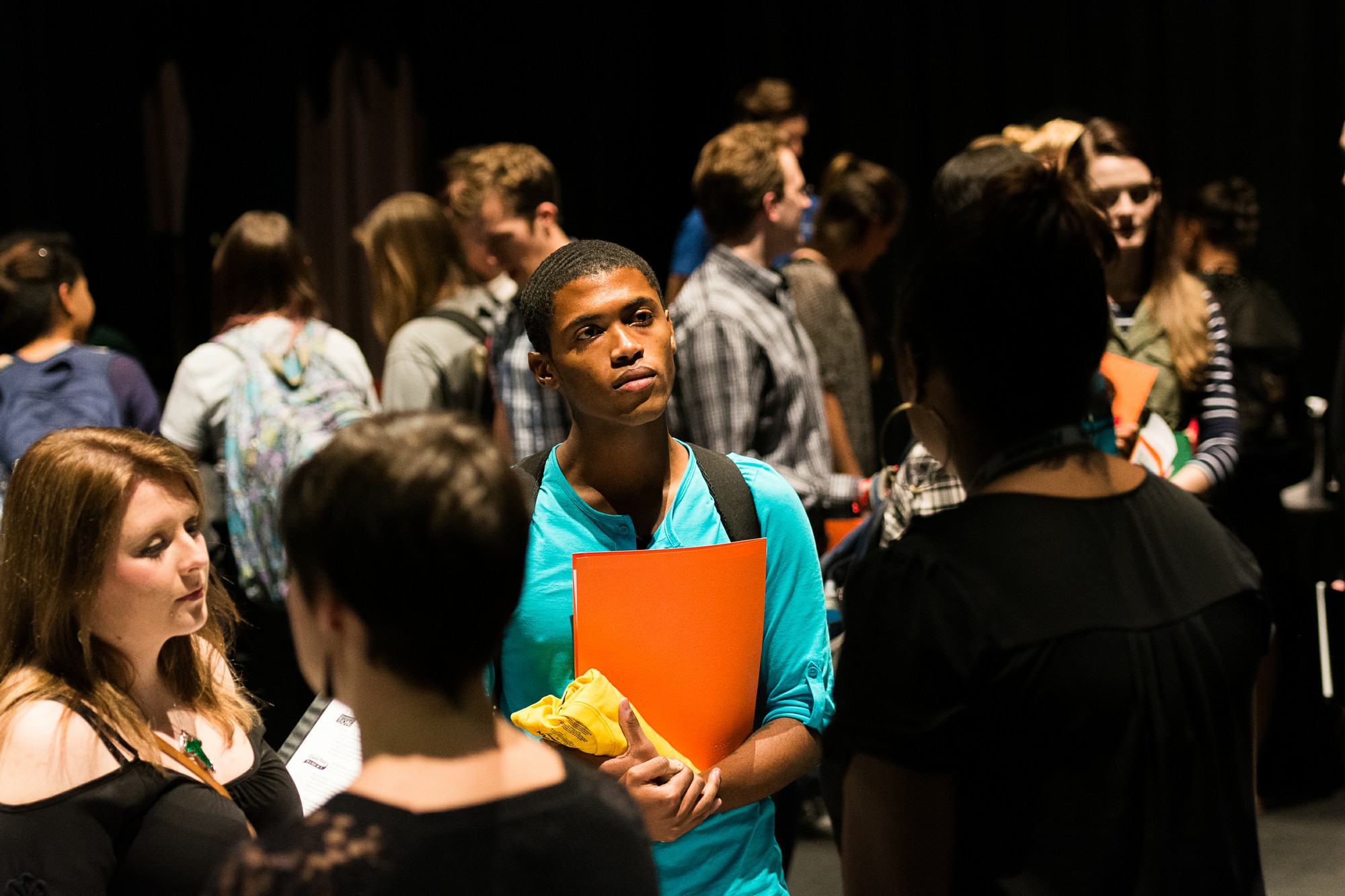On May 23, 2017, Michael Wolcott was in a potentially fatal car accident with two of his friends on Merritt Road in Marietta at around 1:30 a.m. The winding road was slick from rain and the driver when the driver lost control of the vehicle, causing it to veer off a ridge.
Wolcott’s friends received minor injuries from the crash, but Wolcott was diagnosed with what his doctors called a Diffuse Axonal Injury, also known as DAI.
DAI is an abundance of torn fibers in the brain due to a blunt injury, sometimes causing a coma or a lengthy unconscious state of mind. According to a Medical Journal published by Armed Forces India, 90 percent of patients with DAI never wake up. Thankfully, Wolcott was not one of them.
“I was unconscious for five weeks,” Wolcott said. “When I was unconscious, I was minimally unconscious… I was apparently there a little bit but not awake at all. Don’t remember a thing.”
Wolcott started therapy at the Windy Hill Long-Term Acute Care Hospital. It was there that he learned how to walk again.
“It was hard. I met with a speech therapist a lot. She taught me how to swallow food and water again,” Wolcott said.
From there, he moved to the Shepherd Center, ranked by U.S. News & World Report as one of the top 10 rehabilitation hospitals in the nation, to continue his therapies. Each day, Wolcott was having anywhere from 7-10 therapy sessions. Even though he was progressing rapidly at the time, KSU was the last thing on Wolcott’s mind.
Still, he was determined and was able to advance well enough to return to KSU this summer. “I never thought I wouldn’t go back to school,” Wolcott said. “I always knew I’d go back.”
His progress was so quick that he was able to learn how to drive again just 10 months after his accident, a feat many people with DAI couldn’t achieve.
“I mean, I’m driving, He said. “I talked to some patients who got their ability to drive almost six years later. I wouldn’t call it easy because it was still very difficult. I just did well.”
Wolcott’s story is one of perseverance and strength; a story about the durability of the human spirit and the fragile nature of life.
“People ask me, ‘How did you do it?’,” Wolcott said. “I had no choice. The way I looked at it before, everyone is given a life. You’re just a lot more thankful for it when you’re close to losing it. I don’t look at it as a second chance… It’s less about two chances. It’s more about just one chance and not losing that one chance.”
Wolcott’s story reminds us that in times when tragedy can seem like an endless fog, the light of a miracle might be just around the corner.



